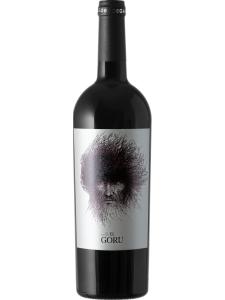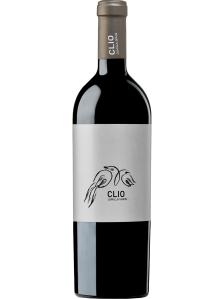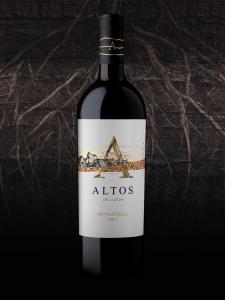Jumilla is a wine DO title of Murcia, a small region on the Mediterranean coast of south-eastern Spain. The Jumilla viticultural area, which is sandwiched between Yecla in the north and Bullas in the south, is considered to be Murcia's most important in terms of quantity and quality. It is also the region's oldest, established in 1966.
The landscape of Jumilla is characterized by wide valleys and plains, interrupted by the serrania (mountain ranges) that cross Murcia between the sea and the Meseta Central (Inner Plateau) of Spain. Hot, dry and harsh is the best way to describe the zone. Despite these seemingly adverse conditions, vines have been grown here since Roman times, when the region had quite a reputation for its full-bodied red wines.
© Wikimedia/SanchoPanzaXXI
The wine industry in Jumilla received a big boost when phylloxera struck neighboring France, as this resulted in demand for Jumilla wine soaring. Despite escaping the major outbreak, Jumilla was struck down by the louse in 1989. This offered the DO a chance to modernize and refocus on lighter, more elegant wines.
Jumilla's climate is best described as arid and continental, more in line with the Castilla-La Mancha areas to its west than any significant influences of the Mediterranean, although in the eastern fringes it is more transitional. Summer temperatures of 104°F (40°C) are not uncommon here. This, along with the scant rainfall, makes the region a theoretically harsh grape-growing area, but there are two factors that act as saving graces. Firstly, there is a healthy amount of lime in the soil, which helps in retaining vital moisture, and secondly, the elevated central plateau, with heights between 1,312ft (400 m) and 2,625ft (800 m), provides some respite from the intense heat. Frosts, violent storms and torrential rains still pose real threats to vines.
Like other wine regions of the area, Jumilla specializes in wines based on the Monastrell grape variety, which accounts for more than 80% of vines. It is well suited to the harsh conditions here, and the best wines demonstrate a varied flavor profile, including lively fruits and earth and mineral notes when young, developing into complex aromas of matured fruit, coffee and oak spices with extended barrel aging. The region also produces quality rosé wines from Monastrell.
The principal white varieties are Airen, Macabeo, Pedro Ximenez and Malvasia, and other international grapes are authorized as well, including Chardonnay.
Since the 1990s, when the region's potential to produce quality wines came to the fore, Jumilla has attracted a lot of outside attention, and Spanish as well as foreign producers have set up wineries here. As a result, plantings of varieties such as Syrah, Cabernet Sauvignon and Merlot have steadily increased, mainly to add body and character to the Monastrell-based reds. This blending approach has worked wonders for the status of the region's wines and it is now seen as a benchmark among similar styles produced in this part of the country.




